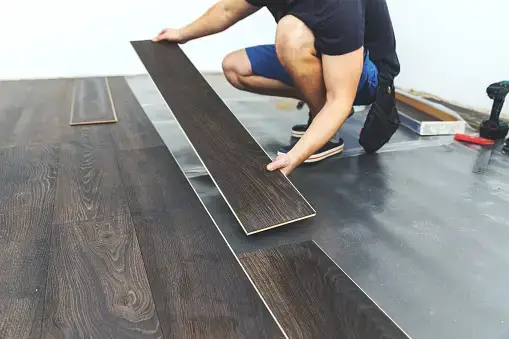 As a robust yet lightweight alternative to wood trim, Hardie Board fiber cement siding beautifully upgrades home exteriors when properly installed. However, Hardie plank durability depends greatly on utilizing the right fasteners, cutting tools, and joint detailing during application.
As a robust yet lightweight alternative to wood trim, Hardie Board fiber cement siding beautifully upgrades home exteriors when properly installed. However, Hardie plank durability depends greatly on utilizing the right fasteners, cutting tools, and joint detailing during application.
Follow this DIY guide covering fundamental practices for seamless installing Hardie Board siding. Protect your investment in these premium-priced materials by understanding essential techniques among both DIYers and siding professionals.
Choose Appropriate Hardie Board Thicknesses
For strength, wind resistance, and load-bearing capacity,James Hardie manufactures fiber cement planks and panels ranging from 5/16 inch to 5/8 inch thicknesses. Choose wisely based on wall heights, framing materials, and building codes in your geographic area:
– 5/16 inch – Best for single story buildings on 16 inch wood frame studs
– 7/16 inch – Recommended for two-story homes on 16 inch frame construction
– 1/2 inch – Ideal for commercial buildings or vertical board-and-batten aesthetic
– 5/8 inch – Provides greatest impact protection for high wind zones
Measure wall square footage accurately when ordering siding to have necessary materials available and minimize on-site cutting. Order 5-10% extra to allow for off-cuts and potential breakage.
Cut Cement Boards Using Diamond-Tipped Saw Blades
Carpentry saws designed for wood rapidly dull attempting to cut Hardie Boards and cement fiber panels. For clean cuts without damaging siding edges, use circular saws, jigsaws or angle grinders equipped with industrial diamond-tipped or silicon carbide blades. When using grinders or sanders, wear eye protection and N95 dust masks all times despite outdoor ventilation.
Cut fiber cement face down with decorative facings
underneath to reduce surface scratches from cutting action. Cut pieces can be flipped for use thanks to color-matched fiber throughout the plank. Rinse dust off equipment and materials frequently when sawing to maintain bladesharpening and smooth functioning.
Fasten Hardie Pieces Securely to Wall Studs
Proper fastening ensures Hardie Board siding withstands extreme weathering and 90+ mph wind forces per manufacturers’ staggering durability claims. Consult James Hardie’s technical documents for recommended corrosive-resistant nails, screws, types, and spacing based on your geographic wind zone and wall construction.
As a basic guideline for single family 16” framed walls:
– Lap Siding – Stagger 6d galvanized nails every 6” along board edges plus one nail at each stud center.
– Vertical siding – Space No. 8 x 1 1⁄2” stainless steel screws every 8”-12” along framing when covering with battens
Set fastener heads flush without distorting siding surface. Leave appropriate gaps along edges for seasonal expansion and contraction in exterior temperature swings.
Fill Gaps for Paintable, Waterproof Seams
After siding installation, fill any cracks or gaps with high quality caulking and painters putty for weatherproof, color-matched finished seams after painting. Use paintable latex or acrylic caulking offering long-term flexibility, UV resistance, and Strong adhesion power.
Apply caulk beads between adjoining pieces of trim, along exterior corners, over nail holes, and anywhere siding butts against lights or fixtures. Paint putty matches your color selection to hide blemishes or inconsistencies for flawless curb appeal. Follow all manufacturer cure times before painting.
Add Decorative Touches with Moldings
Beyond basic siding planks, Hardie Board products allow for beautiful customization with battens, medallions, molding lines and trims in complimentary colors. Consider wider vertical boards between windows or on gables. Use molding to create designer bands distinguishing building levels.
And don’t just stick with basic rectangles – mix and match materials with stucco finishes, shingle layering, and custom artistic renderings within Hardie Board’s cement capabilities. Work with experienced contractors if attempting ornate designs for the first time. Creativity blends wonderfully with fiber cement durability.
Maintain Proper Clearance Above Final Grade
Regardless of fiber cement integrity, direct ground contact with soil or mulch beds risks moisture damage. Ensure the lowest edges of horizontal siding plank installation maintains clearance above final landscaping grade level around the home’s perimeter.
Keep a 2 inch clearance gap between siding and soil as code requires – allowing air circulation and drainage underneath. Use furring strips to maintain height over settled grades post-construction preventing grass or mulch touching panels. Check clearance yearly and remove built up debris against foundation walls redirecting drainage properly.




